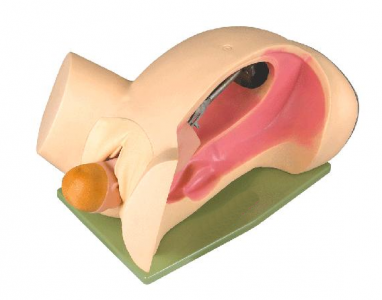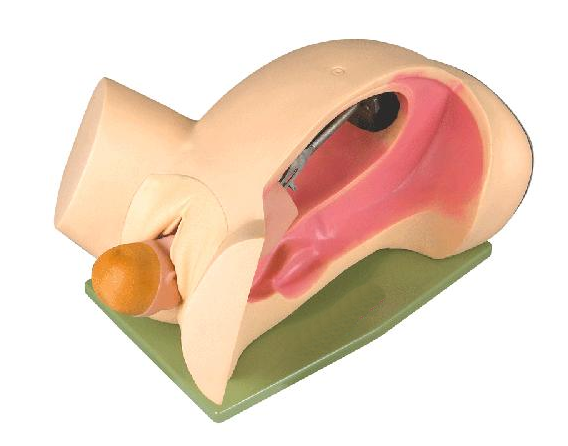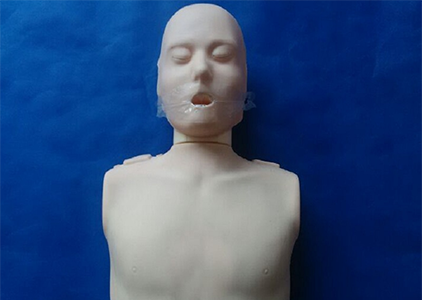
Teaching models of childbirth mechanism play an important role in medical education and training. They can simulate all aspects of the real childbirth process and provide a safe and effective practice platform for medical students and medical staff. The simulation of childbirth mode supported by the teaching model of childbirth mechanism can be discussed in detail from the following aspects:

1. Normal birth simulation
The primary function of the teaching model of labor mechanism is to simulate the process of natural labor. The model can realistically show the whole process of the fetus from cohesion, descent, bending, inner rotation, upward extension to delivery. Students can observe the position changes of the fetus in the birth canal through the model, understand the physiological changes of the mother and the fetus during delivery, and the various situations that may be encountered during delivery.
2. Forceps delivery simulation
Forceps delivery is a common form of assisted delivery for some difficult labor situations. The teaching model of labor mechanism can simulate the process of using forceps, including the key steps such as placement and traction of forceps. Students can practice the operation skills of forceps midwifery through the model, and understand the risks and precautions of forceps midwifery.
3. Suction midwifery simulation
Aspirator midwifism is another common form of assisted delivery, which assists the delivery of the fetus through a negative pressure aspirator. The teaching model of labor mechanism can also simulate the process of labor assisted by the suction device, including the placement of the suction device, the adjustment of negative pressure and traction. Students can understand the operation process of suction midwifery through the model and master the correct use method.
4. Cesarean section simulation
Although the teaching model of labor mechanism is mainly used to simulate the natural labor process, some advanced models also support the simulation of cesarean section. These models can simulate the key steps of cesarean section, such as abdominal wall incision, uterine incision, fetal extraction, etc. Through a simulated cesarean section, students can gain a more comprehensive understanding of the choice of delivery mode and the surgical process.
5. Special case simulation
In addition to the above common delivery methods, the childbirth mechanism teaching model can also simulate the birth process in some special cases, such as twin pregnancy, placenta previa, umbilical cord prolapse, etc. These simulated situations help students understand and respond to a variety of complex childbirth situations and improve their clinical management skills.







Sophie Asveld
February 14, 2019
Email is a crucial channel in any marketing mix, and never has this been truer than for today’s entrepreneur. Curious what to say.
Sophie Asveld
February 14, 2019
Email is a crucial channel in any marketing mix, and never has this been truer than for today’s entrepreneur. Curious what to say.